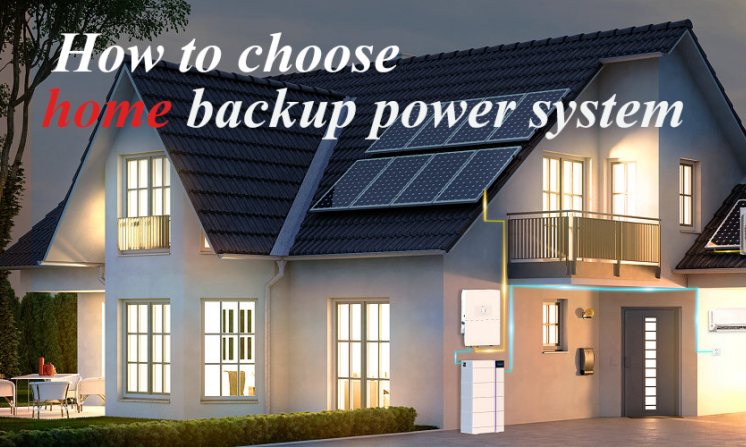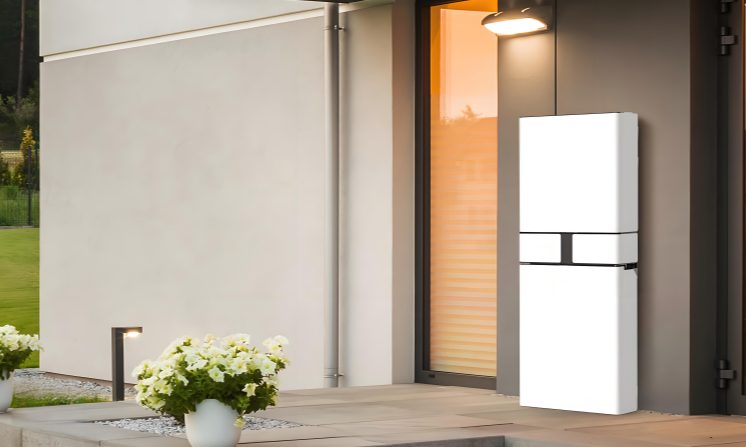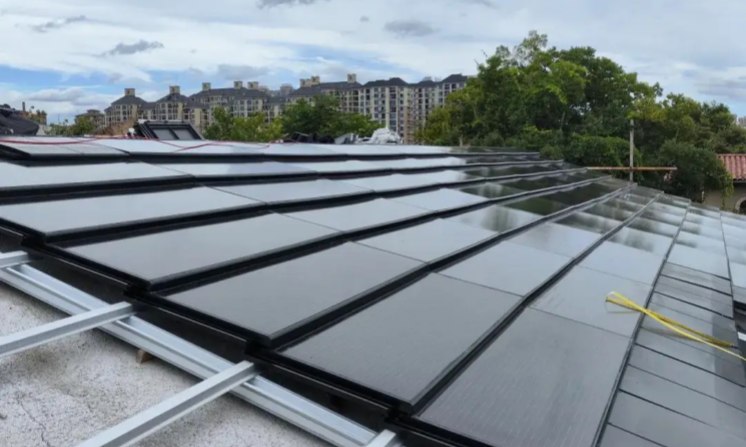How to Choose a Home Backup Power System?
Jun 03, 2025
At a time when power supply is occasionally unstable or power outages occur frequently, home backup power systems have become a must-have for many families to ensure the continuity of power supply. Whether it is to protect fresh food in the refrigerator, keep network equipment running to ensure that home office and study are not affected, or provide continuous power for medical equipment, a suitable home backup power system is crucial. However, faced with a wide range of products on the market, how can we make the right choice? As a professional battery energy storage product manufacturer, GreenMore will provide you with a detailed analysis.
1.Identify household electricity needs
Before purchasing a home backup power system, you should first understand the following points:
What is the average daily electricity consumption?
Which devices must be powered continuously? (Refrigerator, lighting, router, etc.)
Do you want to achieve “off-grid operation” or “partial off-grid operation”?
Is there a solar power system?
Based on this information, you can make a preliminary judgment on the capacity and power of the required energy storage system. For example:
If it is just a short-term power outage, a 5–10kWh storage system may be sufficient;
If you want to achieve independent power supply around the clock, it is recommended to choose a storage system with a capacity of 15-20kWh or even larger.
2.Learn about the different types of home backup power systems
Household energy storage system is one of the best choices for home backup power supply. The household energy storage system provided by GreenMore covers a variety of types, including wall-mounted energy storage batteries, stacked energy storage batteries and integrated energy storage batteries.
Home energy storage system
Wall-mounted energy storage battery: This type of battery is easy to install and does not take up too much floor space, making it suitable for homes with limited space. It has a simple appearance and can be integrated with the home decoration style. For example, for some small apartments or compact houses, wall-mounted energy storage batteries can meet the needs well while keeping the indoor space tidy.
Stacked energy storage battery: It is highly flexible. You can flexibly add or remove battery modules according to changes in household electricity demand. If your family plans to add electrical equipment or expand electricity consumption in the future, the stacked energy storage battery can easily adapt. For example, if you plan to add a high-power air-to-water heater at home, you can meet the electricity demand of the new appliance by adding stacked energy storage battery modules.
Integrated energy storage battery: It integrates key components such as batteries and inverters, making installation and operation easier. For users who are not familiar with electrical equipment, the integrated energy storage battery is a worry-free choice. It reduces the complex links in the installation process and reduces installation costs and time.
Other backup power types
In addition to household energy storage systems, there are also traditional backup power sources such as diesel generators. Although diesel generators can provide a large amount of electricity in a short period of time, they have problems such as high noise, environmental pollution, and the need for regular maintenance and fuel reserves. In contrast, household energy storage systems are more environmentally friendly, quiet, and have lower maintenance costs.
3.Consider system capacity and scalability
According to the previously estimated household electricity demand, select a backup power system with the appropriate capacity. GreenMore's household energy storage battery capacity includes 5KWh, 10KWh, 15KWh, 20KWh and other specifications, and can be customized according to the special needs of customers. If your household electricity demand is relatively small, a capacity of 5KWh or 10KWh may be sufficient; but if there are many household appliances, or if you want to maintain normal electricity consumption for a longer period of time during a power outage, then a system with a capacity of 15KWh or 20KWh or even larger will be more suitable. At the same time, considering that household electricity demand may increase in the future, it is wise to choose a system with scalability. For example, GreenMore's stacked energy storage battery has good scalability, which is convenient for you to upgrade according to actual conditions in the future.
4.Focus on product quality and brand reputation
The home backup power system is an important device to ensure the normal life of the family, and its quality and reliability are crucial. Choosing a manufacturer with a good brand reputation is the key to ensuring product quality. As a professional manufacturer of battery energy storage products, GreenMore has been committed to the research and development and production of high-quality battery energy storage products. We have advanced production equipment and a strict quality inspection system. From raw material procurement to product delivery, every link is strictly controlled to ensure that the product meets international standards and customer needs. In addition, we also provide comprehensive after-sales service, so that you have no worries during use.
5.Evaluate system cost and performance
When choosing a home backup power system, cost is also a factor to consider. In addition to the purchase cost of the equipment itself, you also need to consider the installation cost, maintenance cost, and subsequent use cost. Although the initial purchase cost of some high-quality household energy storage systems may be relatively high, in the long run, their low maintenance costs and environmental protection and energy-saving features can save you more money. For example, compared with diesel generators, household energy storage systems do not require frequent purchases of fuel, have a longer service life, and are more cost-effective. You can choose the most cost-effective home backup power system based on your budget and needs.
6.Understand installation and maintenance requirements
Different home backup power systems have different requirements for installation and maintenance. Household energy storage systems usually require professional installers to install to ensure the safety and stability of the system. GreenMore products are easy to install and can be installed by following the instructions. In terms of maintenance, the maintenance of household energy storage systems is relatively simple, mainly regular inspection of battery status, cleaning equipment, etc. Diesel generators require regular replacement of engine oil, filters, etc., and maintenance work is relatively cumbersome. When choosing a system, you must understand the installation and maintenance requirements clearly to ensure that you can bear the corresponding responsibilities and expenses.
In short, choosing a home backup power system requires comprehensive consideration of multiple factors. With a rich product range, reliable product quality, professional services and good brand reputation, GreenMore can provide you with the most suitable home backup power solution. Whether you are pursuing environmental protection and energy saving, or focusing on the reliability and cost-effectiveness of the system, we can meet your needs. Let us escort the energy security of the family together and enjoy a more stable and comfortable life.
We hope that the above information can help you make an informed decision when choosing a home backup power system. If you have any questions or need further advice, please feel free to visit www.gmsolarkit.com and contact our professional technical team.





 Network Supported
Network Supported